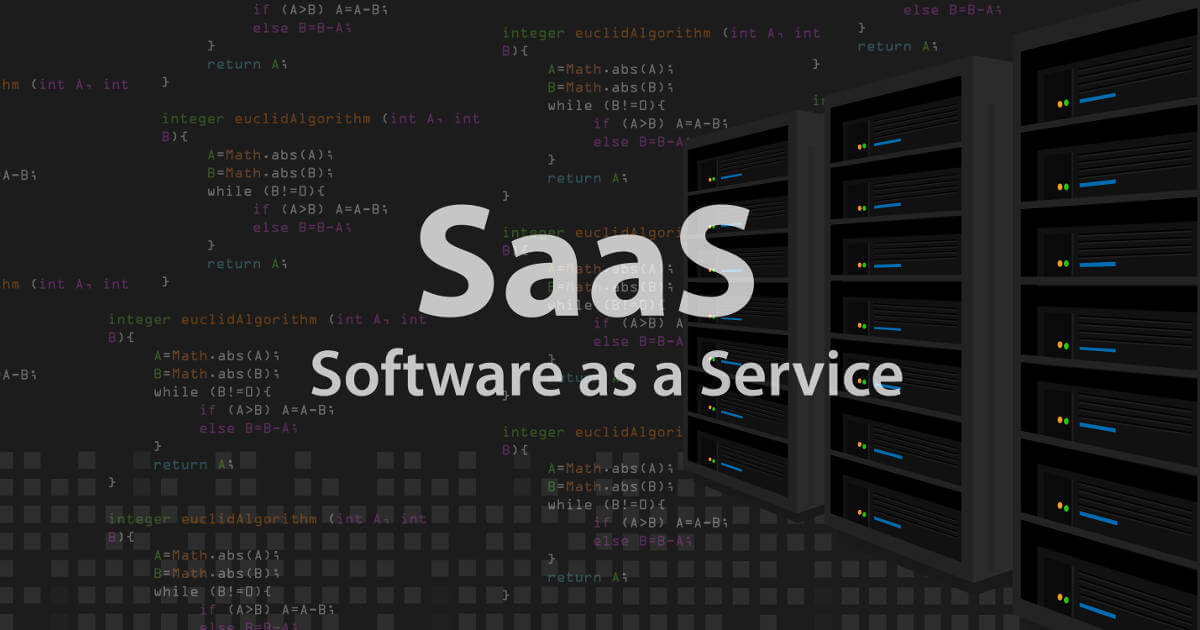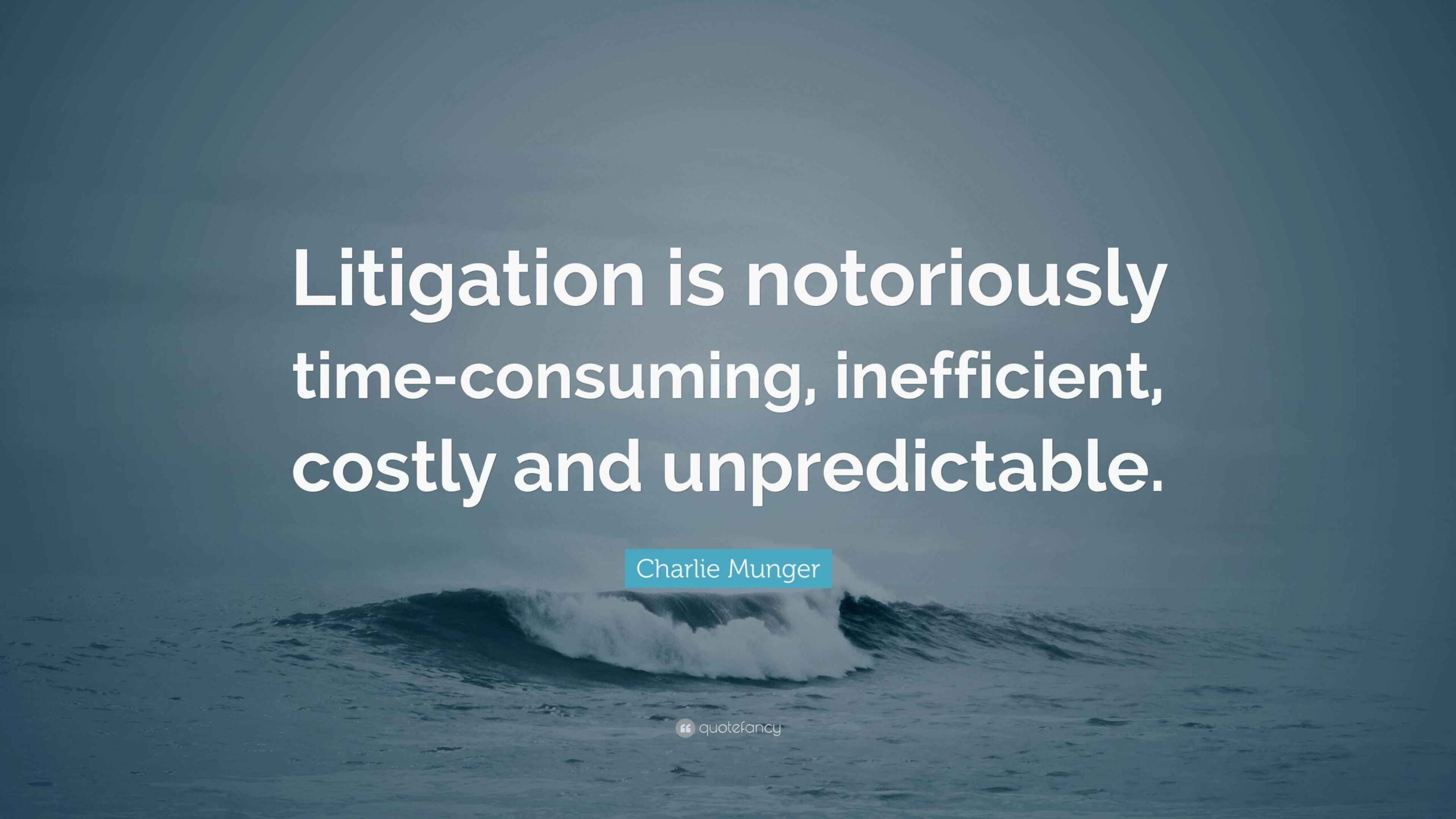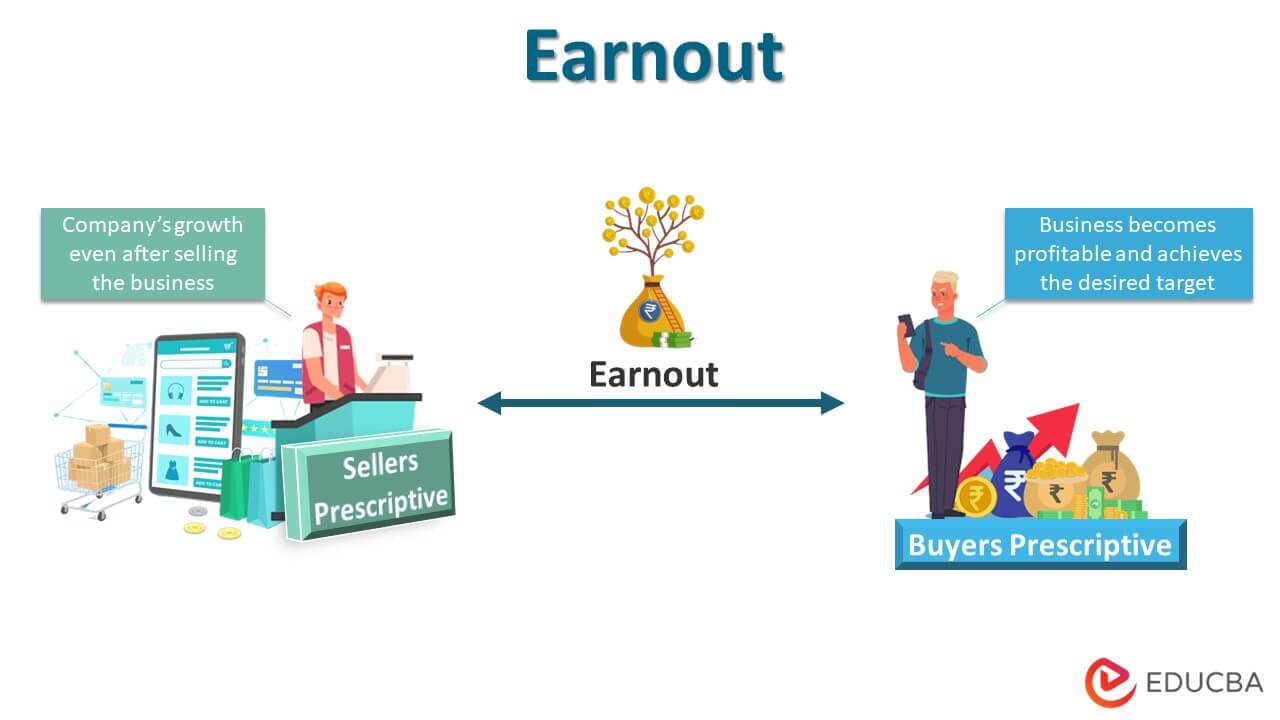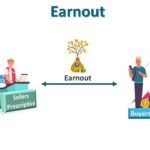Everyone knows software rules the world. Few people know how to draft and to negotiate Software as a Service (SaaS) Agreements.
Before analyzing any contract language, it is important to list the key terms and conditions in a SaaS Agreement:
- Access Rights and Users
- Term and Termination
- Service Level Agreements/Uptime
- Pricing Models
- Customer Support/Services
- Ownership of Intellectual Property/Data
- Insurance
- Warranties
- Indemnification for Data and Other Breaches
- Limits of Liability
- Post-access transition
This article will address the first four points above.
1. Access Rights and Users: Software companies and their customers must determine whether the value of the agreement is based on a per user, a per access point, or business-wide model. Likewise, businesses need to consider the scalability of the software, upload and download rights, and assignability of the agreement if they are in growth mode. On the other hand, software companies are interested in determining and enforcing usage restrictions to ensure customers receive what they pay for and not a dollar or user more. It must also be noted third parties–such as insurance companies–may require software companies to terminate access in certain situations although these situations are often shared or explained to the customer.
2. Term and Termination: The concepts in SaaS agreements are no different than for other agreements:
- How long does the customer need this particular solution and future versions of the solution?
- Are the term or bases for renewals tied into any usage or availability minimums?
- Why can the agreement be prematurely terminated? The two primary issues are whether the customer can terminate for convenience (any reason, software is no longer an effective solution, etc.) or because the software company discontinues the software.
- If the agreement is terminated for any reason, will the customer be liable for termination fees? Software companies are always interested in recovering sunk costs if customization is required.
- What happens to the data inputted by the customer after termination for any reason?
- Will the customer request the source code to be escrowed (if relevant)?
3. Service Level Agreement/Uptime: This is often a customer-specific issue—can the software company engage in routine maintenance, customization, and individualized requests without causing excessive downtime? Moreover, the parties must agree under what circumstances will the downtime limits not be exceeded: customer caused problems, reliance on other software being up, telecommunication failures, and viruses are common issues that are raised. Of course, customers want to know how quickly problems will be fixed and if they are not fixed in a timely manner, then what are the available remedies. Potential remedies include termination of the agreement, credits or discounts, and enhanced speed of data processing or other variables.
4. Pricing Models: Customers are most interested in determining whether the usage and benefits will justify the expenditure. This may result in a customer being interested in variable pricing models and disinterested in subscription pricing on a temporary or permanent basis. However, customers could be lured in by the opportunity to obtain “most favored nation” pricing, which is often the pricing offered to the federal government. Note that “most favored nation pricing” may not extend to a variety of fees and expenses ancillary to the software itself.
Part 2 of this blog series will address customer support, intellectual property ownership, and insurance issues.
David Seidman is the principal and founder of Seidman Law Group, LLC. He serves as outside general counsel for companies, which requires him to consider a diverse range of corporate, dispute resolution and avoidance, contract drafting and negotiation, and other issues. He can be reached at david@seidmanlawgroup.com or 312-399-7390.
This blog post is not legal advice. Please consult an experienced attorney to assist with your legal issues.














